Big cats, from majestic tigers to elusive snow leopards, are among the most iconic and awe-inspiring creatures on the planet. Yet, despite their strength and adaptability, they face growing threats in a rapidly changing world. Protecting these predators is no small feat, requiring collaboration, innovation, and unwavering commitment.
A Shrinking Home
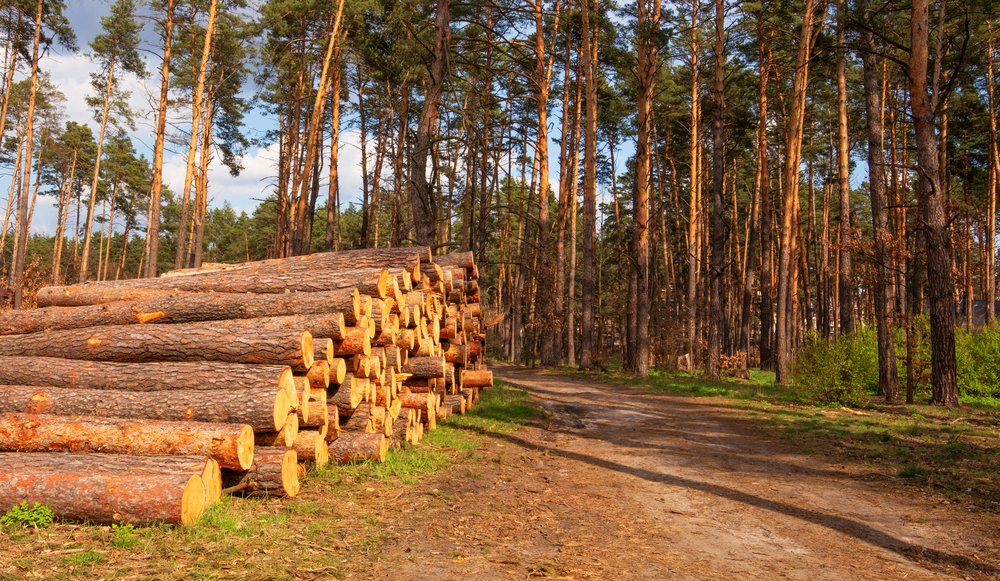
One of the most pressing challenges for big cats is habitat loss. Expanding agriculture, urbanization, and deforestation are eating away at the forests, grasslands, and mountains they call home. As their territories shrink, big cats are forced into smaller, fragmented areas, often leading to conflicts with humans and other predators.
A Tense Relationship
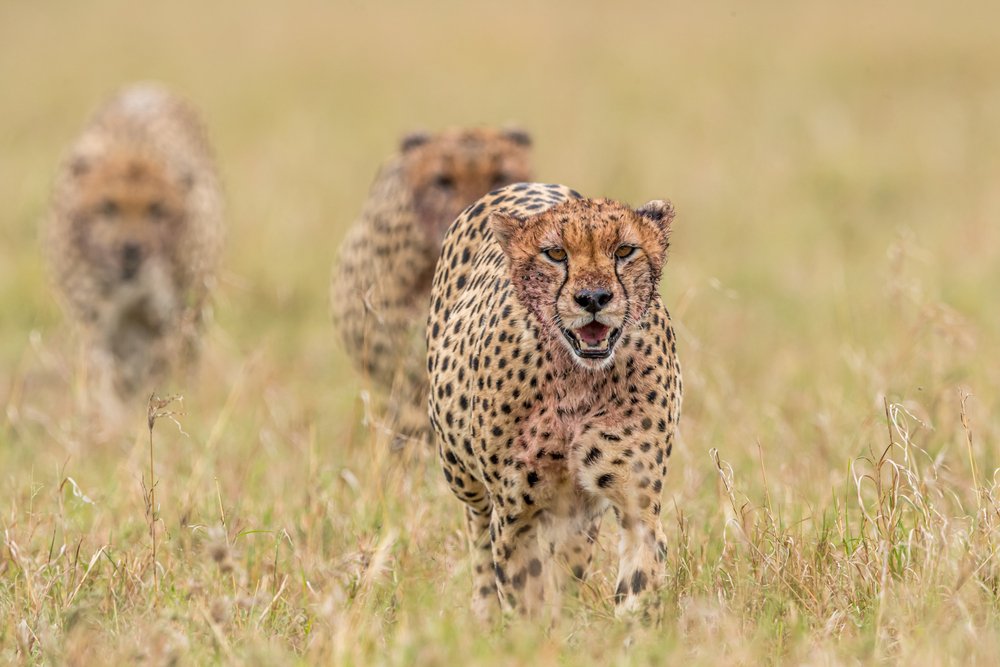
As human populations grow, encounters with big cats are becoming more frequent. Livestock predation and fears for human safety can lead to retaliatory killings, further endangering these species. Balancing the needs of local communities with the conservation of big cats is critical to ensuring coexistence.
Poaching and the Illegal Wildlife Trade

Despite international protections, big cats are still hunted for their skins, bones, and other body parts. The demand for exotic pets and traditional medicines fuels illegal wildlife trade, putting already vulnerable populations at greater risk. Combating this requires stringent enforcement of laws and education to reduce demand.
A Growing Threat
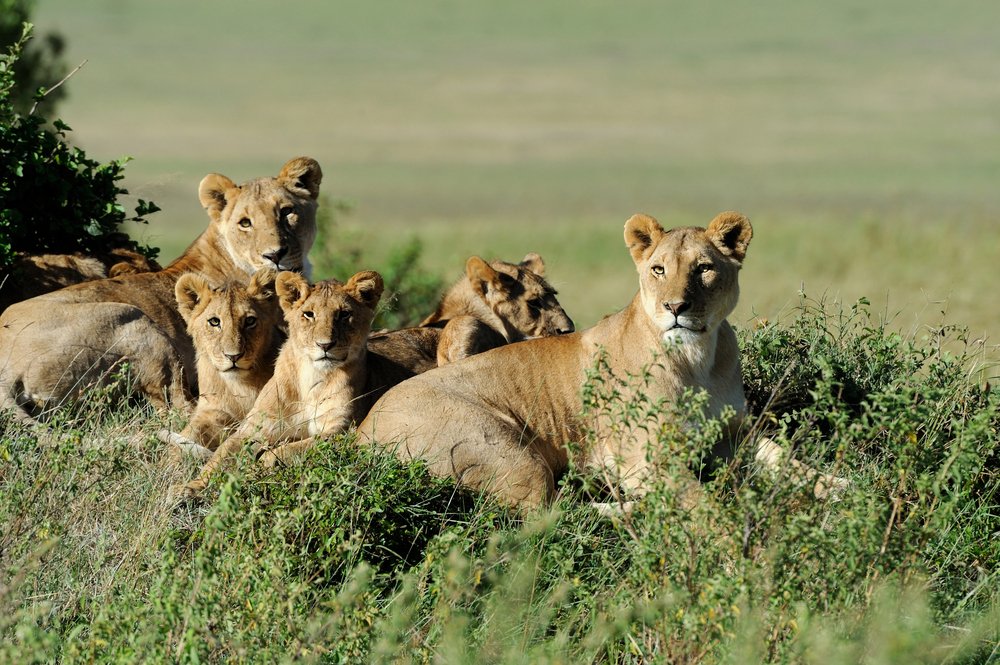
Climate change is altering ecosystems worldwide, disrupting prey availability and the habitats of big cats. Rising temperatures and shifting weather patterns threaten snow leopards in the Himalayas, while tigers in the Sundarbans face rising sea levels. Conservation strategies must now address these unpredictable environmental changes.
The Role of Technology in Conservation
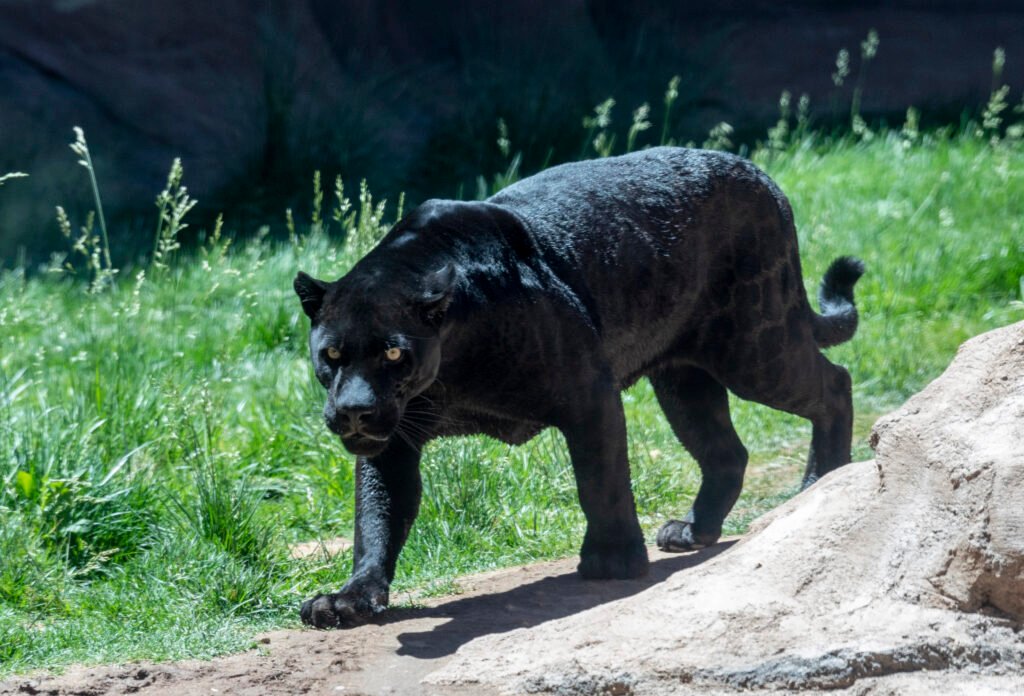
Innovative technologies are playing a crucial role in protecting big cats. Camera traps, GPS collars, and drones allow researchers to monitor populations and track movements without disturbing the animals. These tools provide invaluable data for developing targeted conservation strategies.
A Key to Success
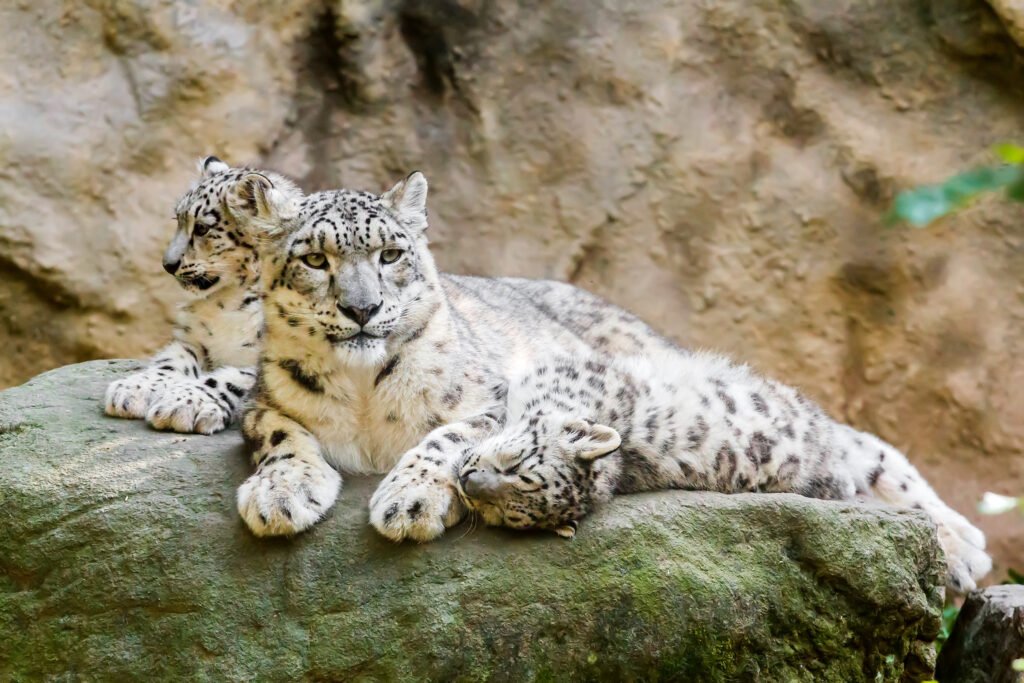
Engaging local communities is essential for the long-term protection of big cats. Programs that promote ecotourism, compensate for livestock losses, and educate people about the importance of conservation can foster a sense of stewardship. When communities see the benefits of protecting wildlife, they become powerful allies.
International Collaboration for a Global Issue
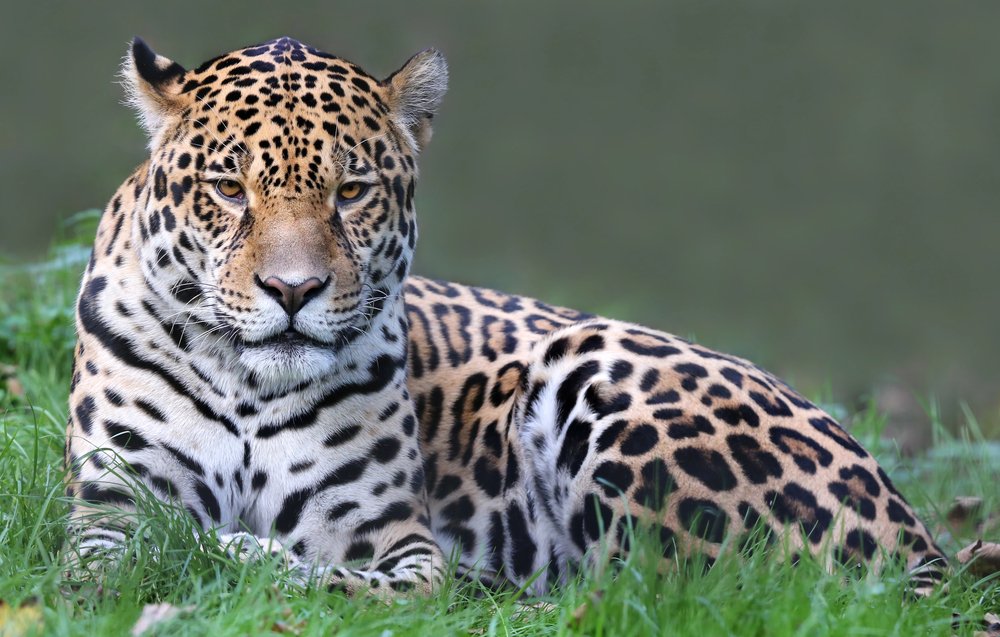
Protecting big cats requires cooperation across borders. Many species roam vast territories spanning multiple countries, making international agreements vital. Conservation organizations, governments, and local stakeholders must work together to ensure these predators have a future.
A Shared Responsibility
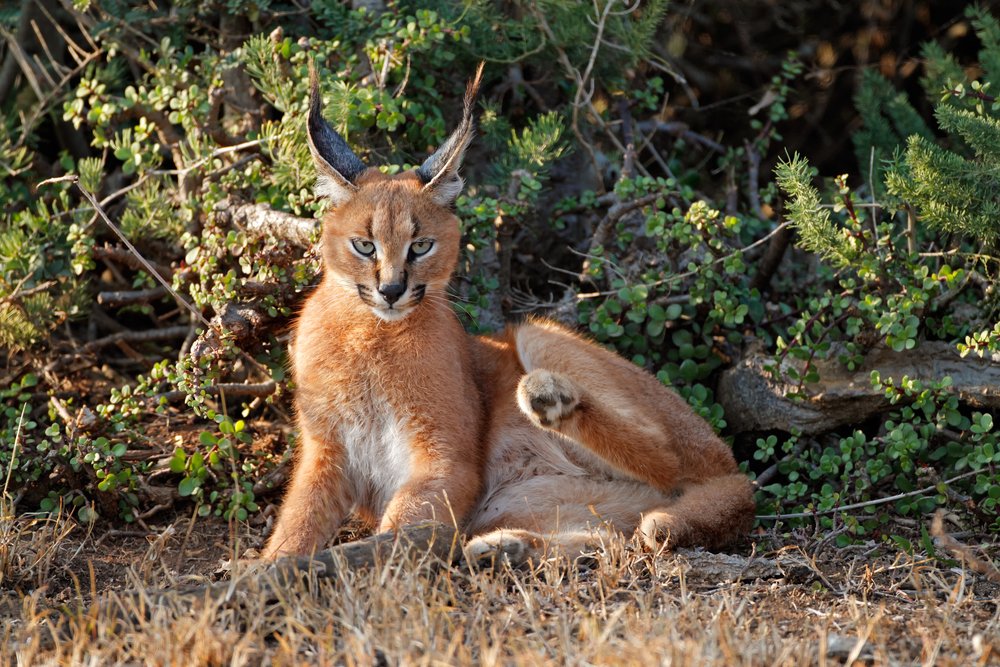
The challenges of protecting big cats in a changing world are immense, but the stakes couldn’t be higher. These apex predators play a crucial role in maintaining healthy ecosystems and are a symbol of nature’s beauty and resilience. By addressing the threats they face and working together, we can ensure that big cats continue to roam the wild for generations to come.
Big cats are more than just wildlife; they are an integral part of the natural world and a reminder of what we stand to lose if we fail to protect them.

Growing up traveling and experiencing new cultures and wonders, I have had a passion for nature, adventuring, photography, and videography. I am currently working towards a BSc in Biodiversity and Ecology at Stellenbosch University, and I hope to specialise in Marine Sciences one day.
Please send any feedback to Feedback@animalsaroundtheglobe.com






